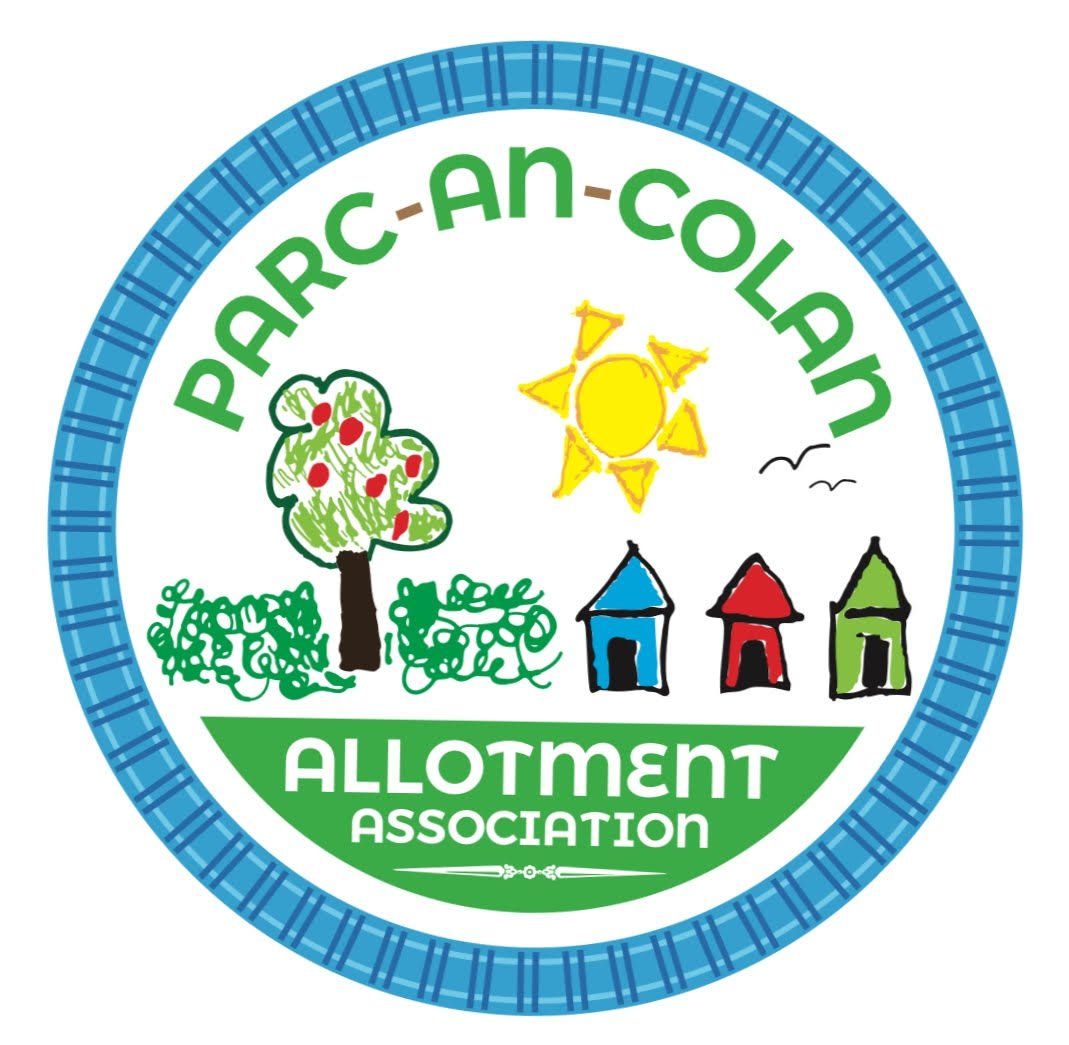Parc-an-Colan Risk Assessment
Risk assessments should be reviewed at least annually, or after accidents, near misses and when significant changes occur.
Title Rat Problem
Location Parc-an Colan Allotment – Quintrell Downs
Issue
Over the last 12 months there has been a significant increase in rats within the allotment and surrounding area.
With this increase in rats there is also a potential increase in Weil’s disease
Weil's disease is a form of leptospirosis and is contracted from the urine of infected rats.
The bacteria get into your body through cuts and scratches or through the lining of the mouth, throat and eyes after contact with infected urine or contaminated water.
The disease starts with flu-like symptoms such as a headache or muscle pains.
More severe cases can lead to meningitis, kidney failure and other serious conditions.
In rare cases the disease can be fatal.
While many people see rats as nothing more than a nuisance, they can also spread disease and destroy property.
Because of this, rat infestations can represent a real public health emergency.
What risks can rats impose.
• Weil’s disease, plague, rat-bite fever and salmonella
• Damage to property, gnawing virtually anything
• Contamination of foodstuffs and surfaces from urination
• Causing of extreme reactions from the public, which damages reputation
• Consumption of large quantities of stored food and Crops
• Prosecution from failure to comply with Health and Safety legislation
Ref No
Hazard
Something with the potential to harm: hazards listed should be all those present
before controls are in place.
Possible effects/harm
Where a group of people may be affected differently, for example young people or expectant mothers,
identify the separate effects/harm and risk rating.
Risk rating H, M, L
Indicate the rating prior to controls being in place. (See page 7 for guidance on rating the risk.)
Detail existing controls
Provide details of control measures already in place.
If measures are detailed in other documents, state where.
Detail further action required to reduce risk
Note the action required, responsible person and target date.
Revised risk rating H, M, L
Indicate the rating following implementation of controls.
1 Rats
Exposure to Weils disease emanating from rat urine.
Weil's disease is a form of leptospirosis and is contracted from the urine of infected rats.
The bacteria get into your body through cuts and scratches or through the lining of the mouth, throat and eyes after contact
with infected urine or contaminated water.
The disease starts with flu-like symptoms such as a headache or muscle pains.
More severe cases can lead to meningitis, kidney failure and other serious conditions.
In rare cases the disease can be fatal.
H Discourage rats by securing all rubbish in bins.
Wearing protective clothing like gloves.
Following good basic hygiene including regular hand-washing and avoiding hand to mouth/eye etc contact.
Washing cuts and grazes immediately with soap and running water.
Cover all cuts, abrasions and other breaks in the skin with waterproof dressings and/or gloves.
Removal of Rats through a registered rodent control company.
Discourage rats by removing food sources, such as bird food in feeders and cooked foods in compost heaps.
Rats feed on grain and may be attracted to your garden by fallen food from bird feeders.
Stop feeding birds if you suspect rats are visiting your garden, and secure chicken runs. Store bird and other animal food in secure containers.
Removal of shelter of rats, plastic sheeting, tarpaulin, etc.
The space beneath sheeting or tarpaulin is perfect for rats to travel around without being seen.
Bins and Compost heaps uninviting.
Do not add food scraps and keep it moist (which rats don't like) by including
plenty of green and brown materials.
Watering the heap regularly can also deter them.
Fixing chicken wire around the base of the bin can also help, as it prevents rats from being able to dig beneath the bin to climb inside.
Turn the heap regularly but bear in mind that other wildlife uses compost heaps too.
If rats have made a home in your bin, don’t use the compost on edible crops.
Remove Nesting Sites and Debris Piles.
Keep areas tidy.
Tidy gardens are less likely to attract rats as they provide less cover.
Keep grass short, clear cluttered storage areas.
Remove rubbish and reduce overgrown areas, especially near fences or garden buildings.
M
Declaration
Managers should monitor and review the application of the specified controls.
Prepared by Date
Eddie Howard 05 January 2024
Signature (SO or above) Date
I certify that all controls are in place which reduce risk to as low as is reasonably practicable, all plot holders have been informed and mitigation has been applied.
Risk rating
This is your evaluation of the potential impact and likelihood of harm occurring.
Risk rating Action required
High
For example,
• fatality possible to one or more individuals however infrequent
• major injury to few individuals occurring frequently.
• likelihood of long term muscular-skeletal problems affecting significant numbers of staff.
Immediate action required.
Medium
For example,
• major injury to one/few individuals occurring infrequently.
• likelihood of long term muscular-skeletal problems affecting some staff.
Requires attention as soon as possible.
Low
For example,
Minor injury occurring infrequently to few staff.
Not a priority, may need attention if not as low as reasonably practicable.
